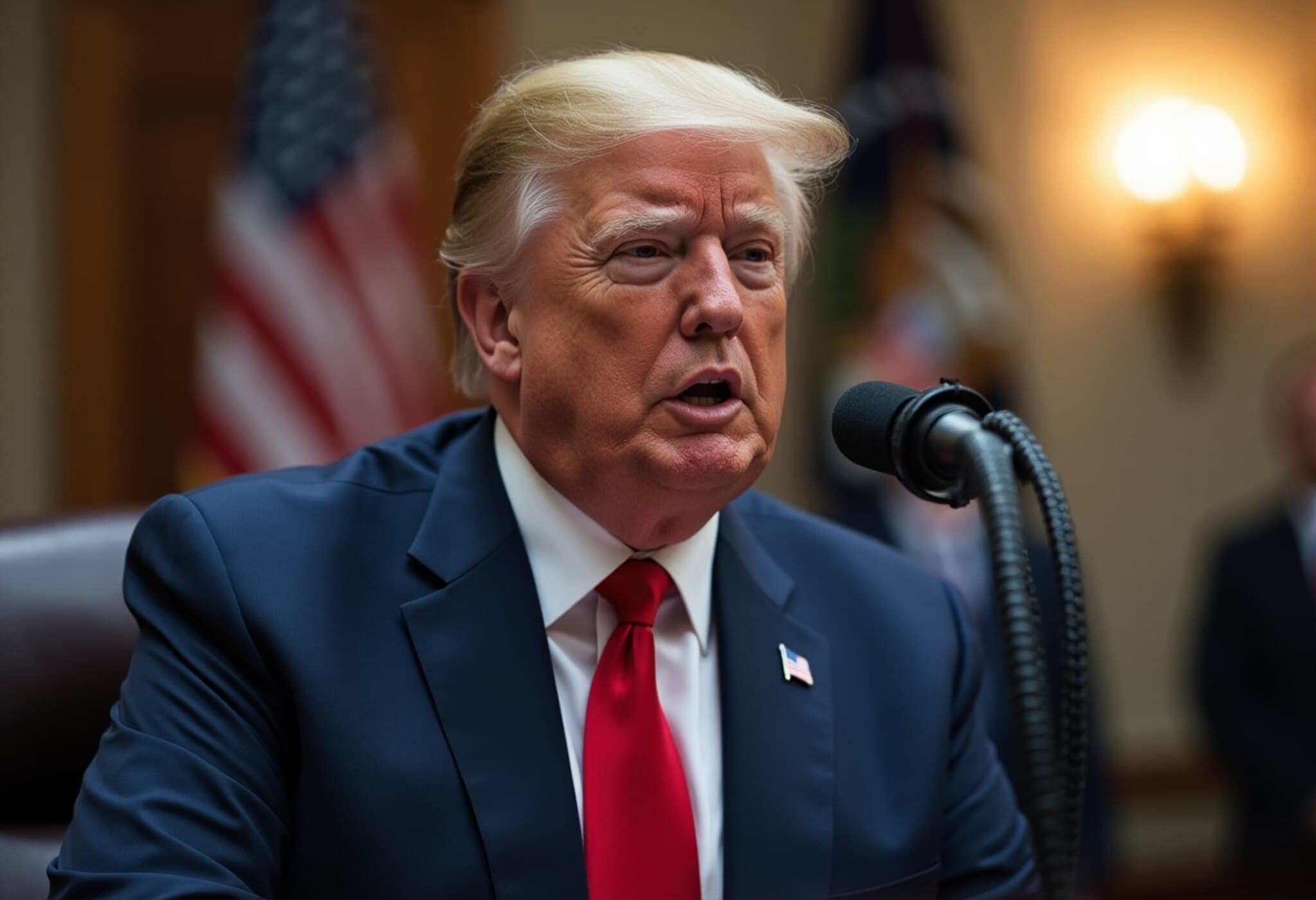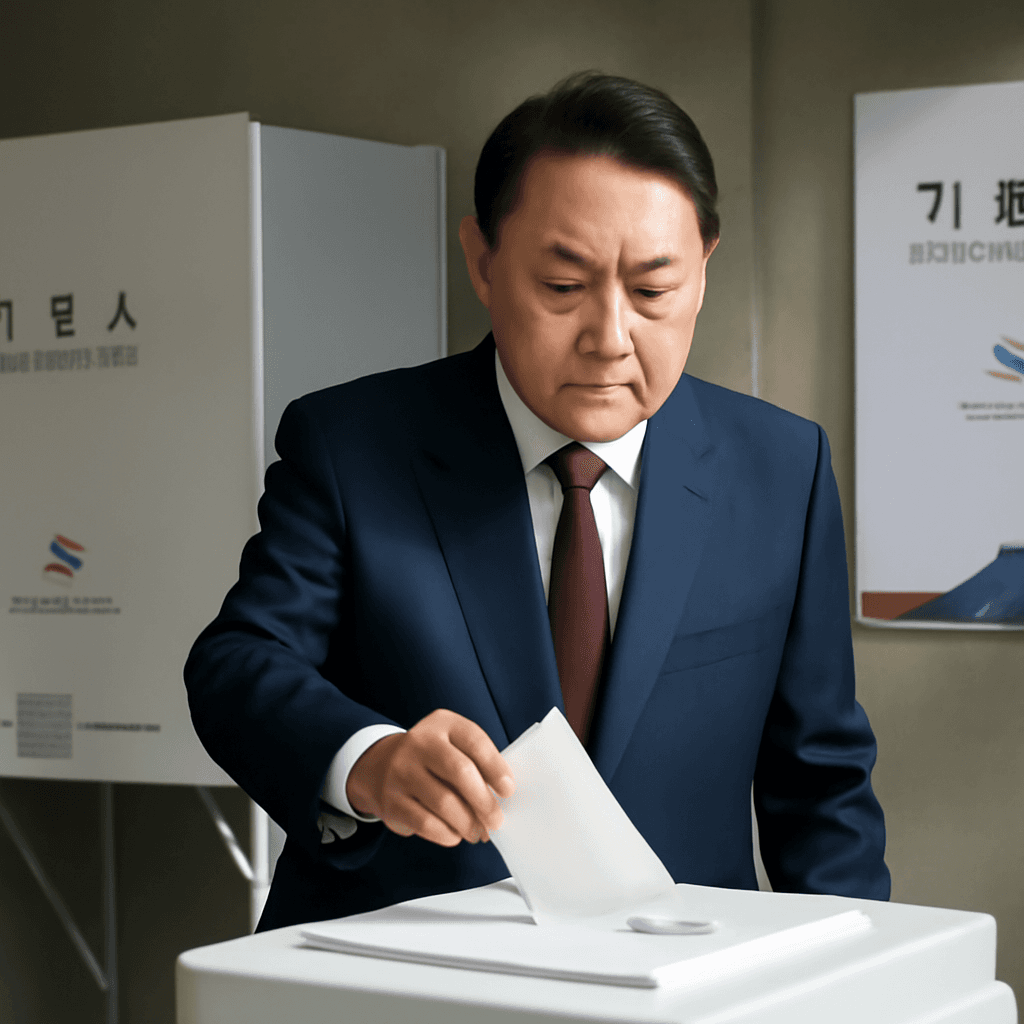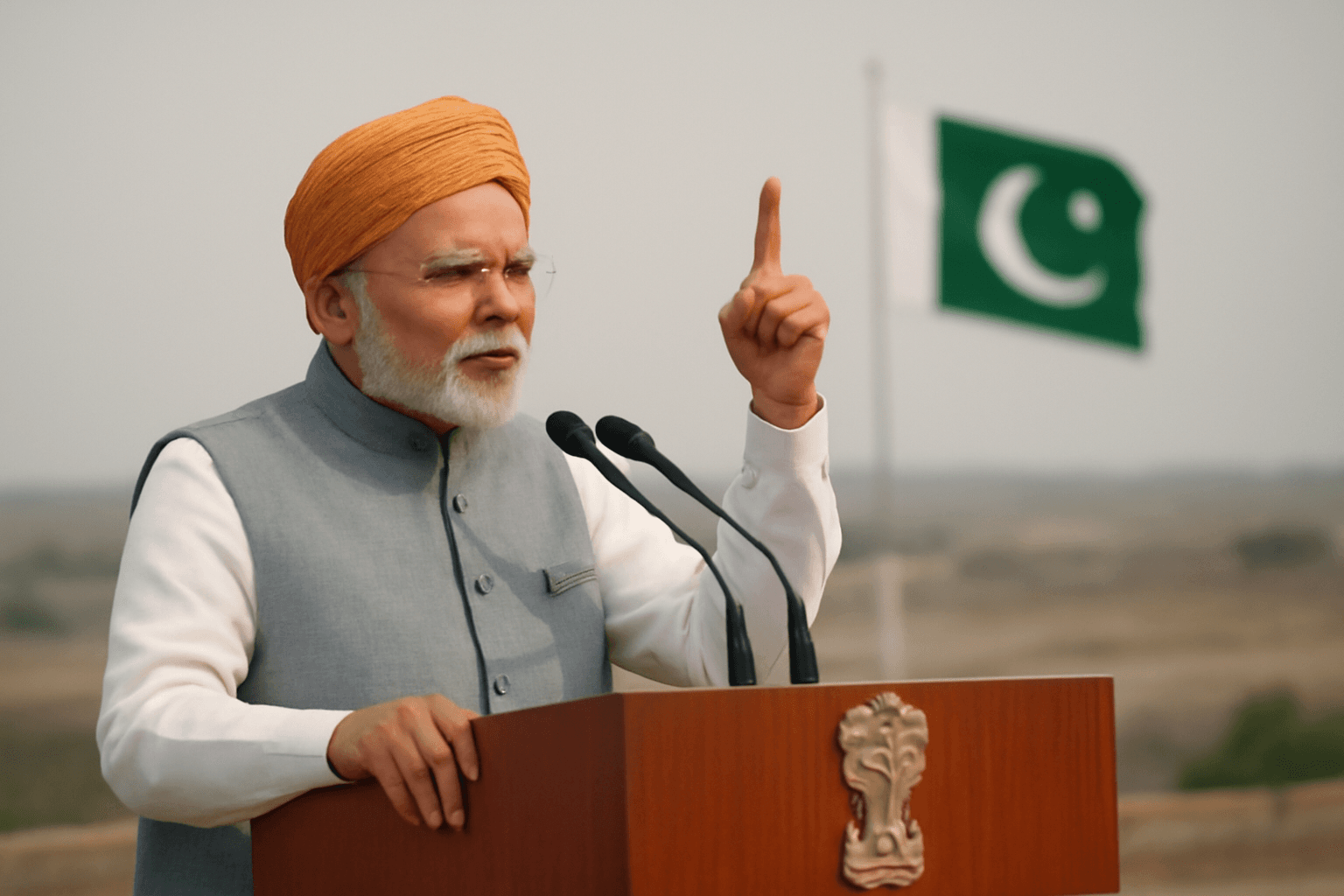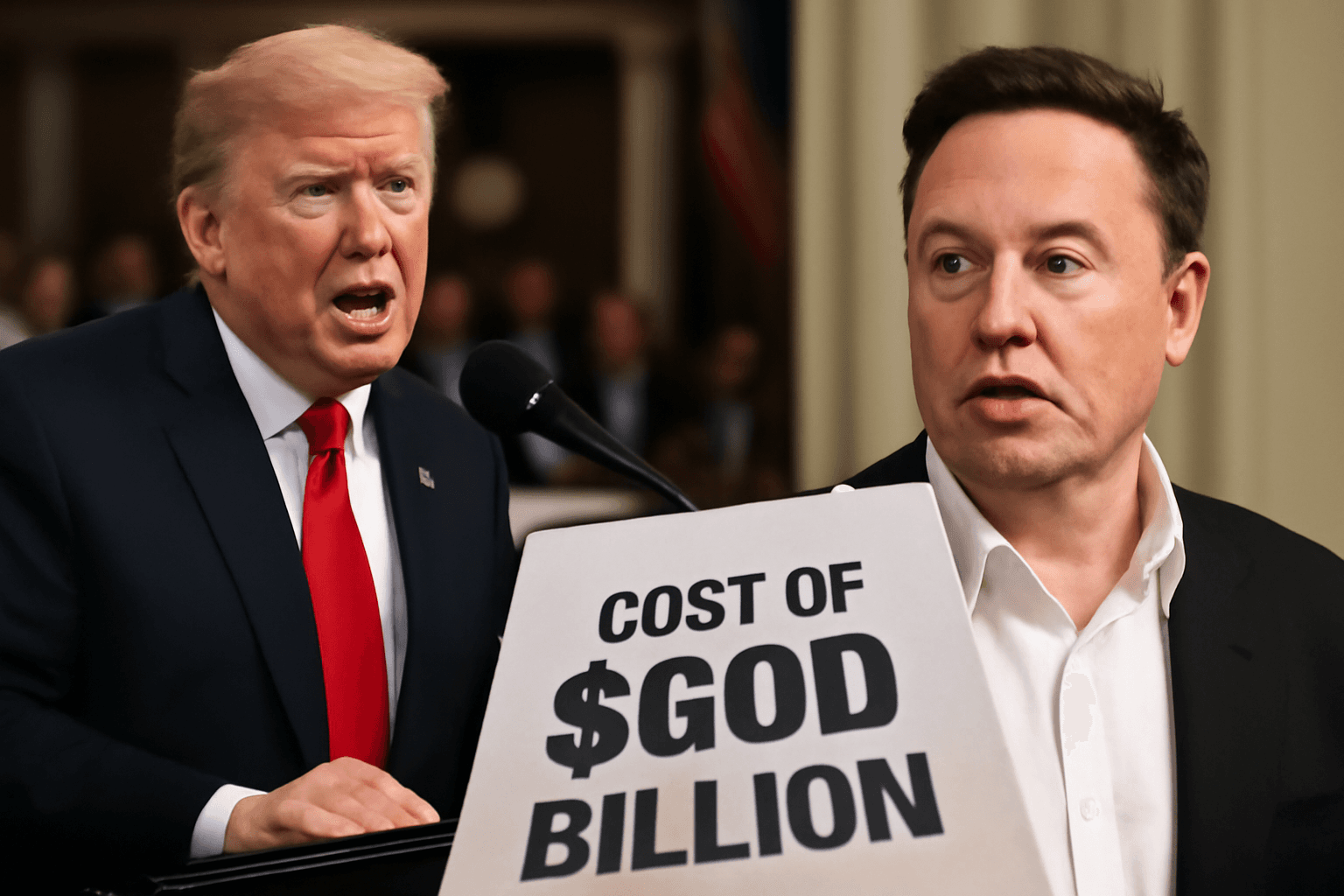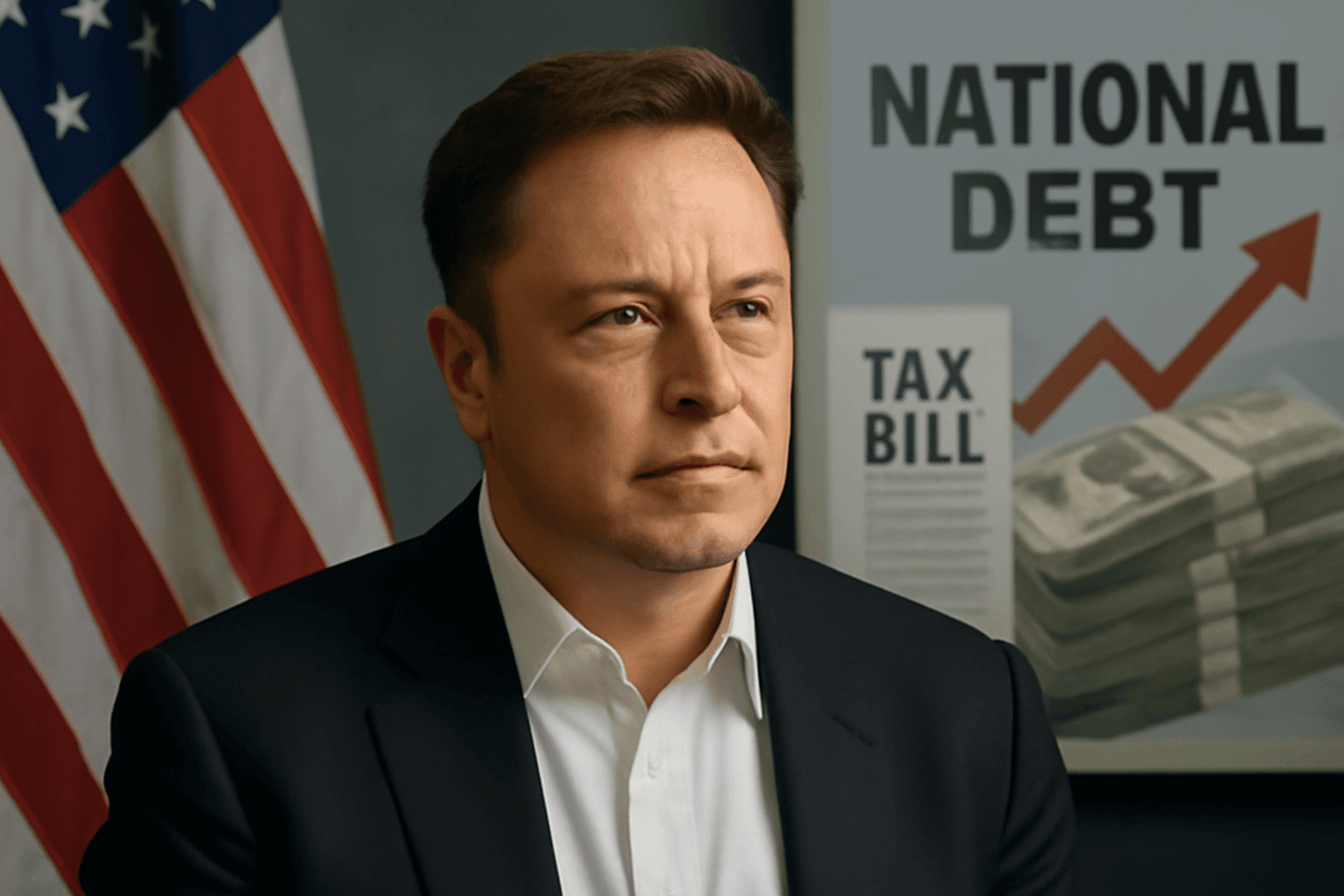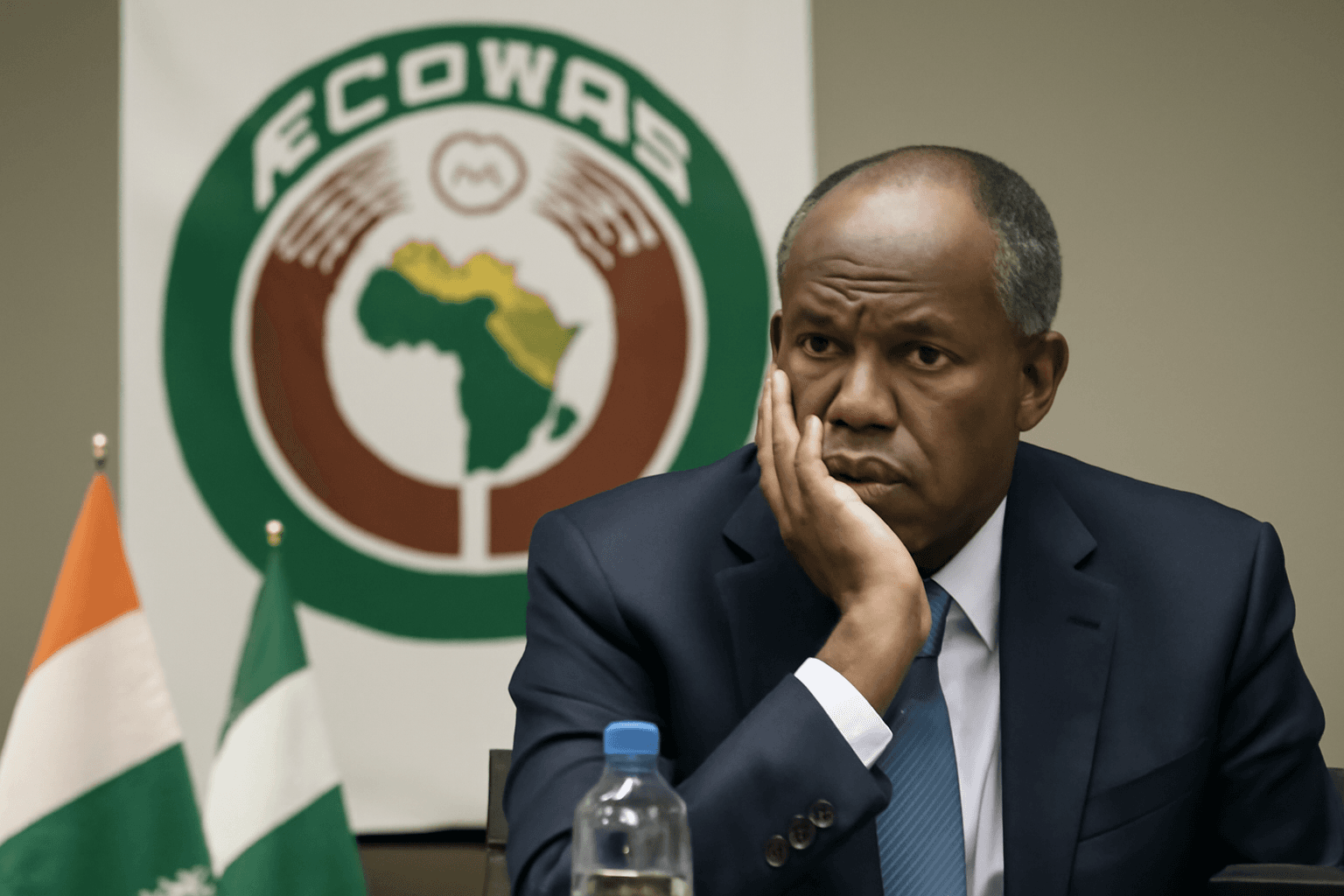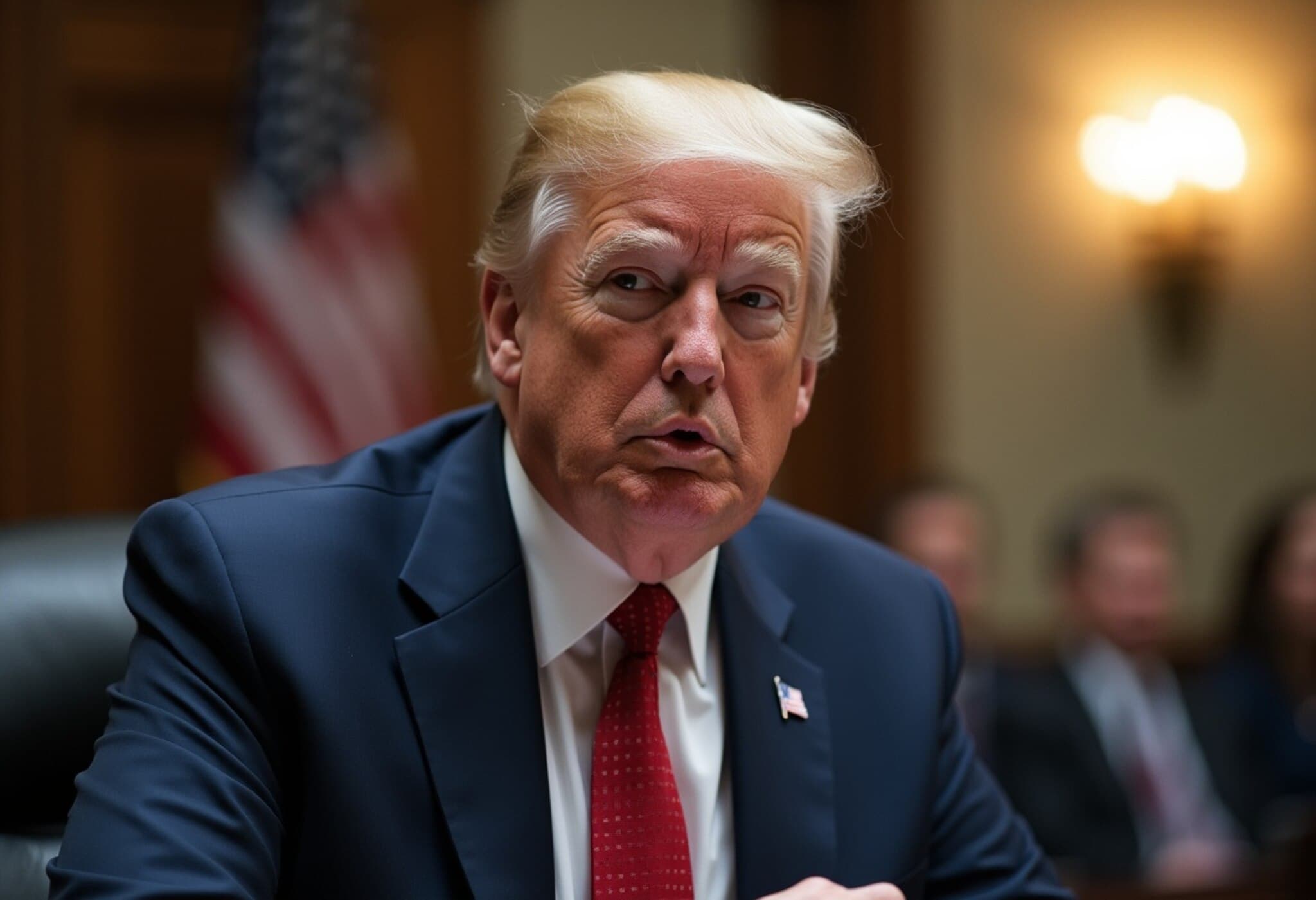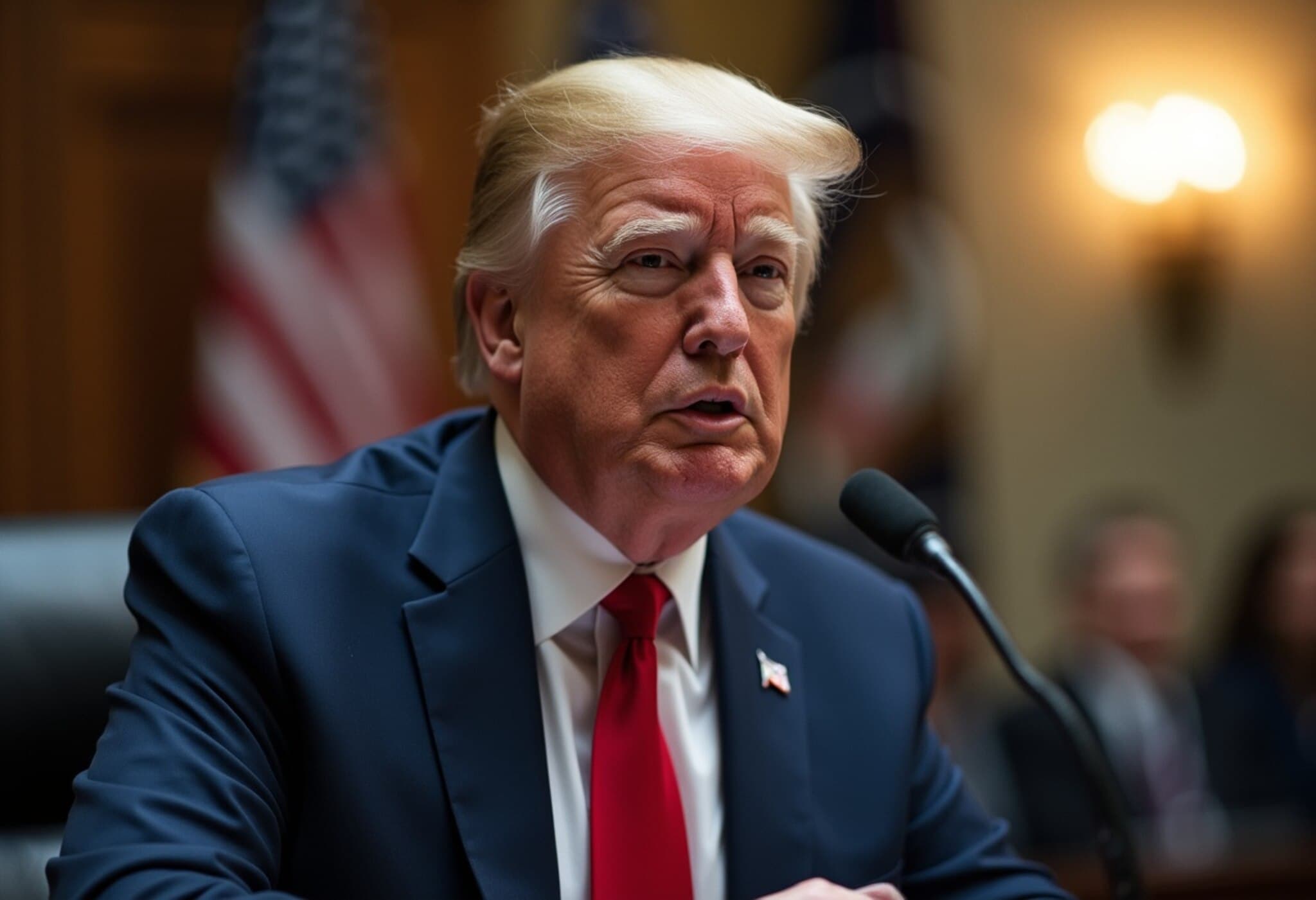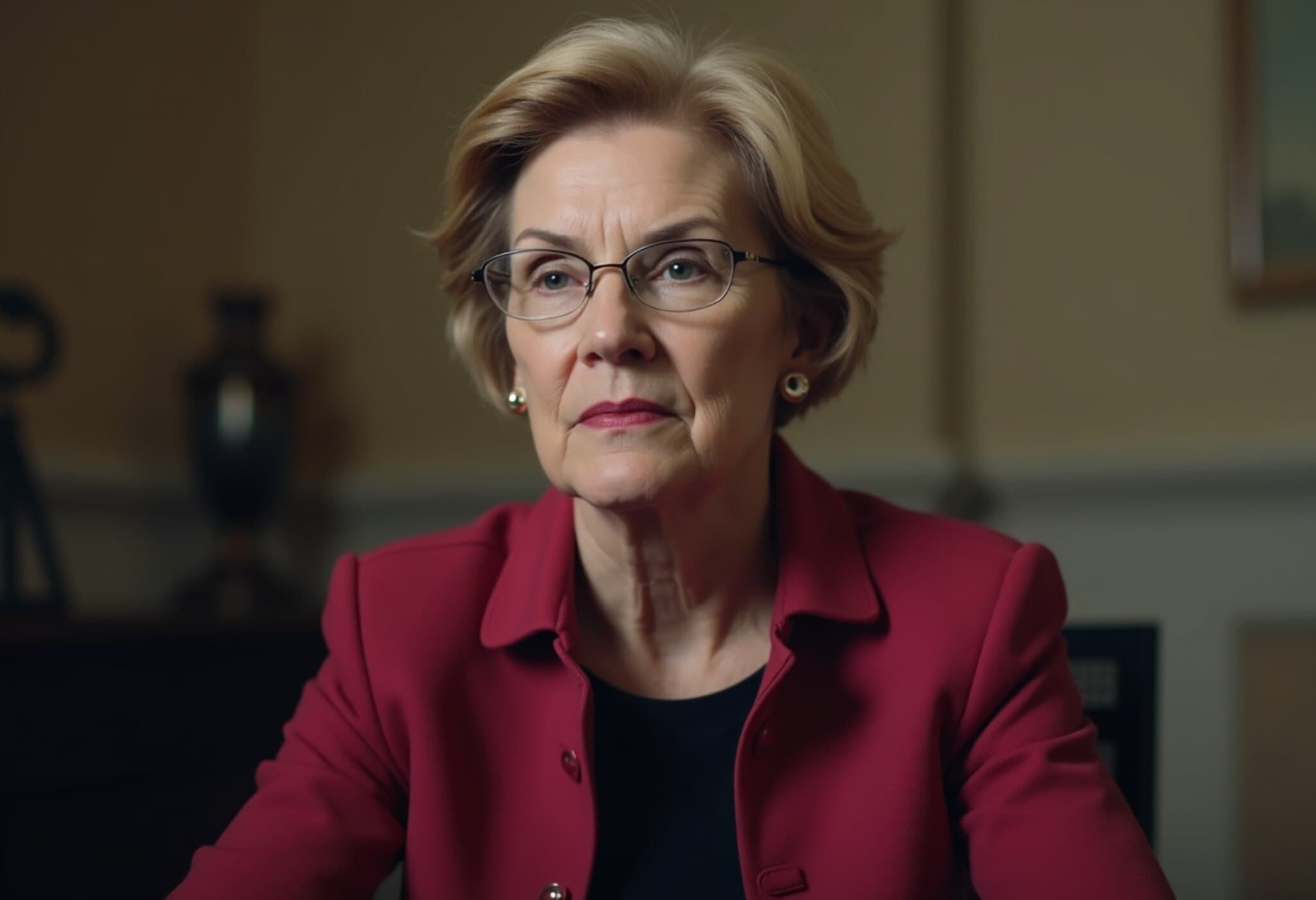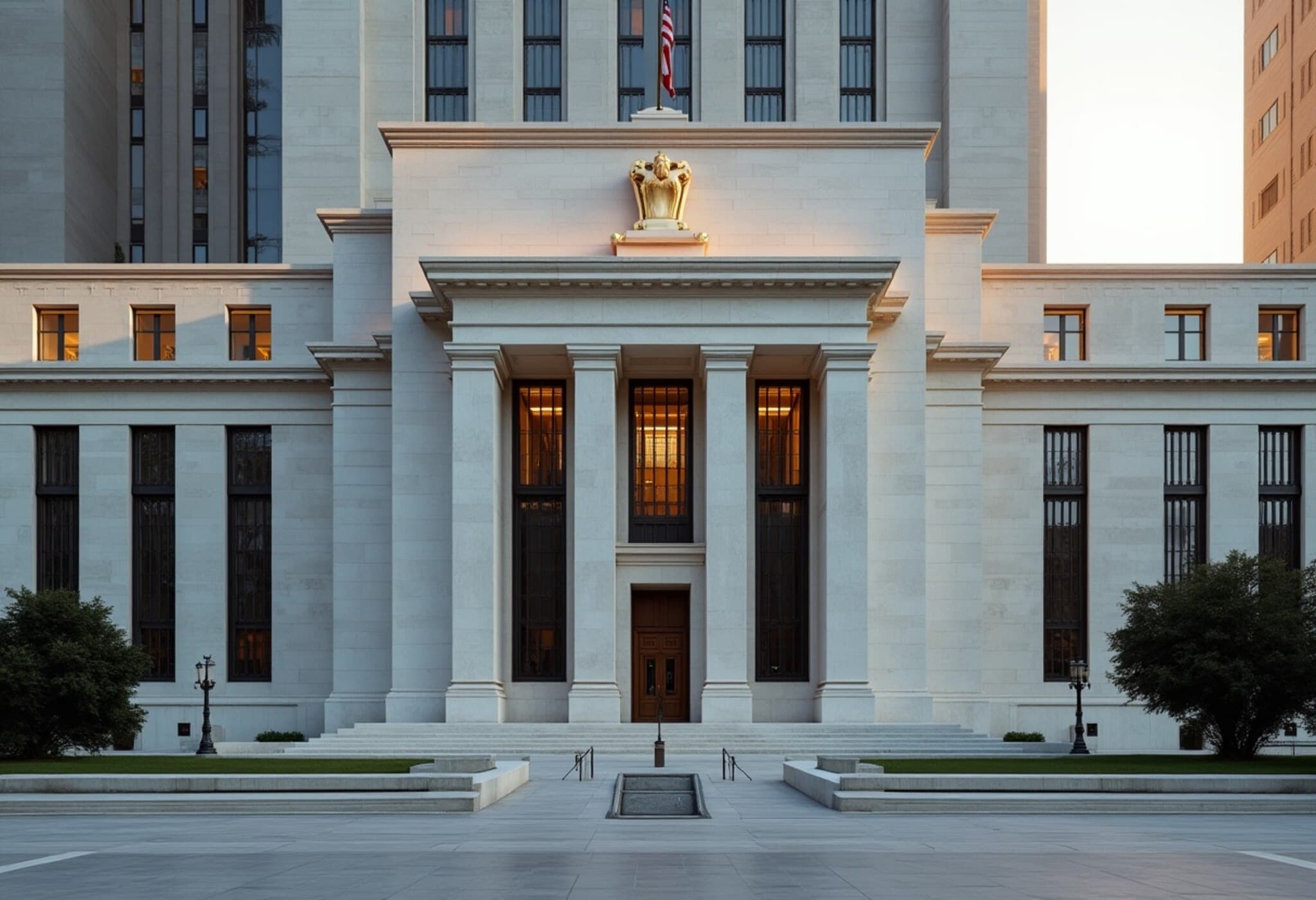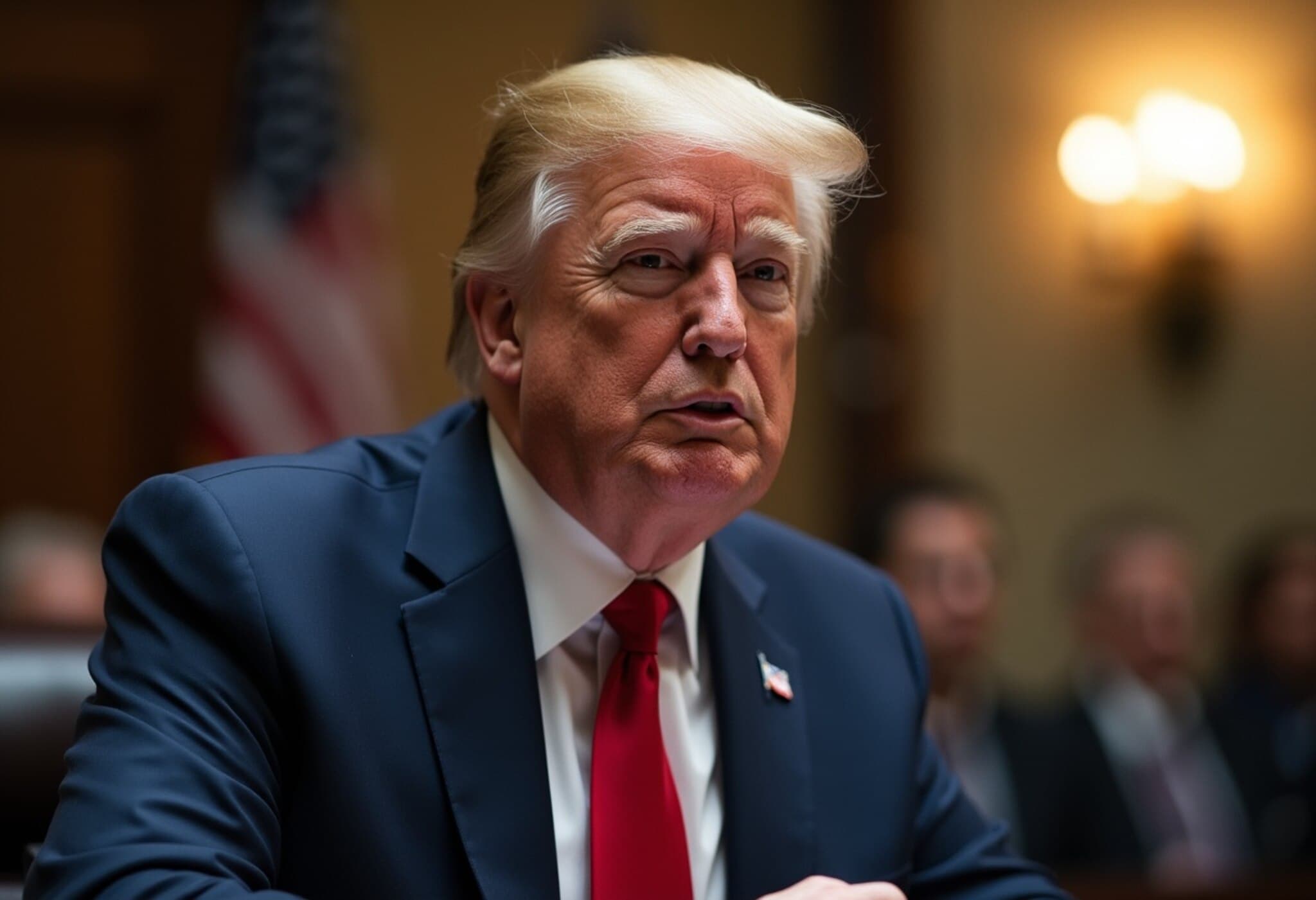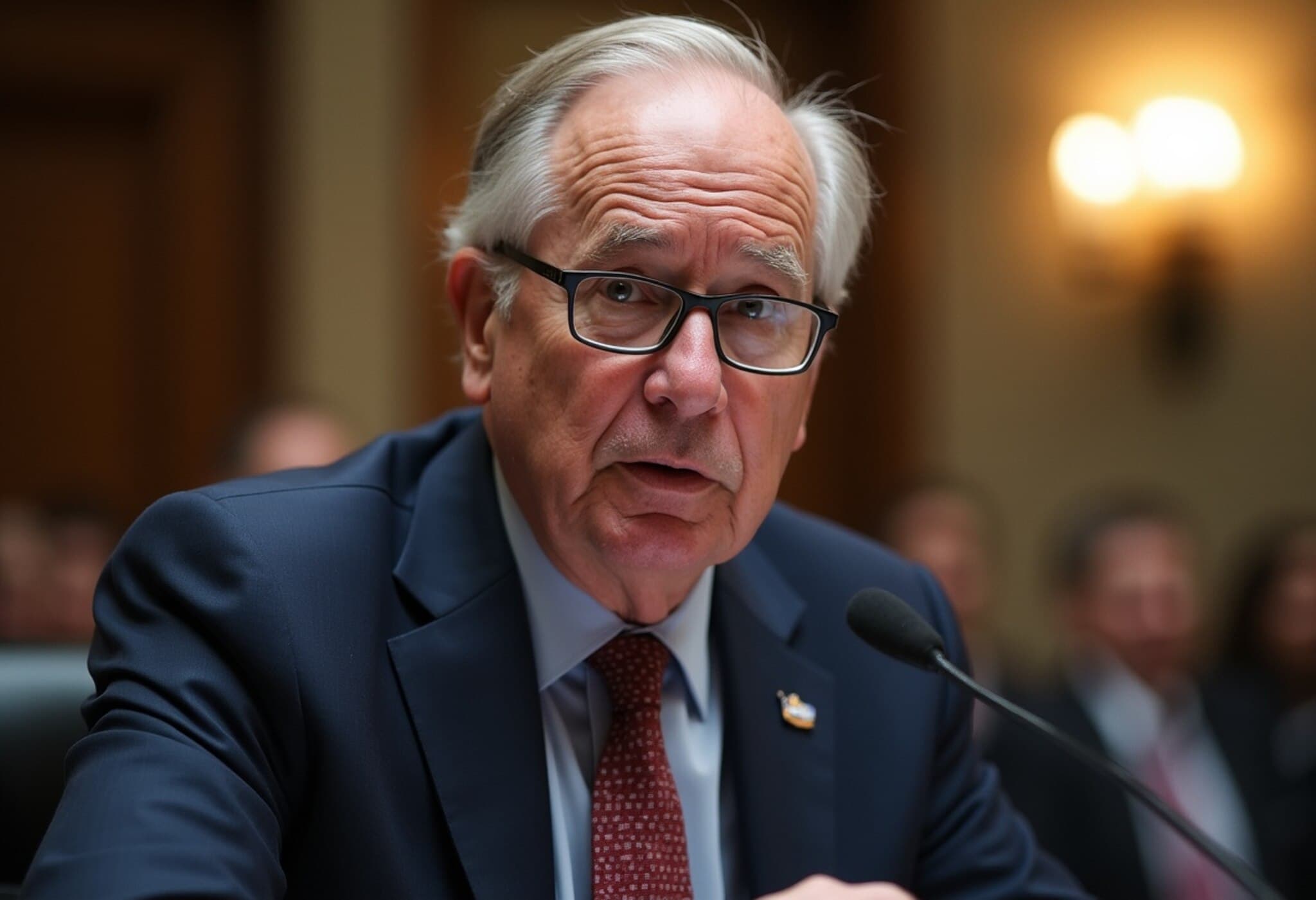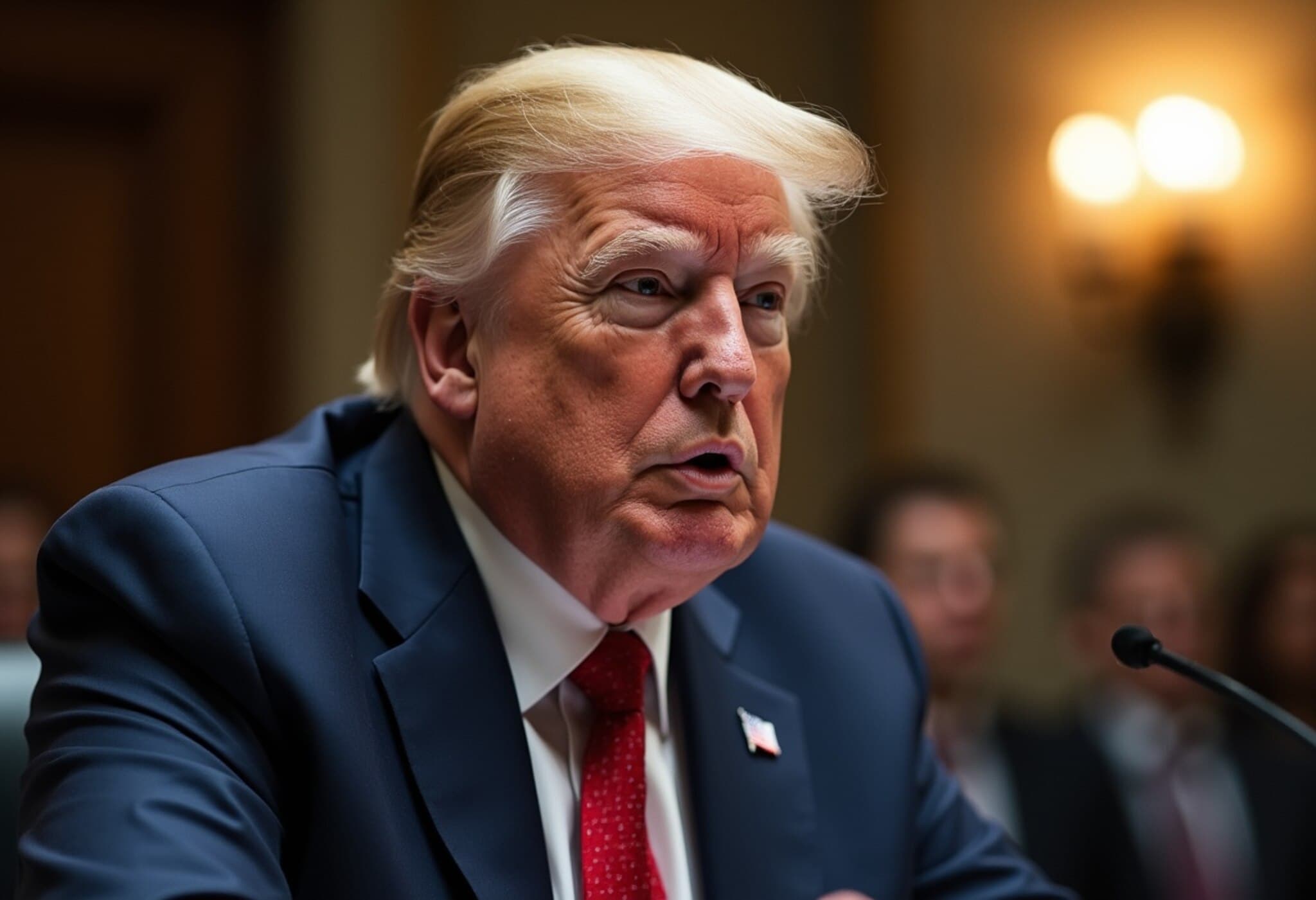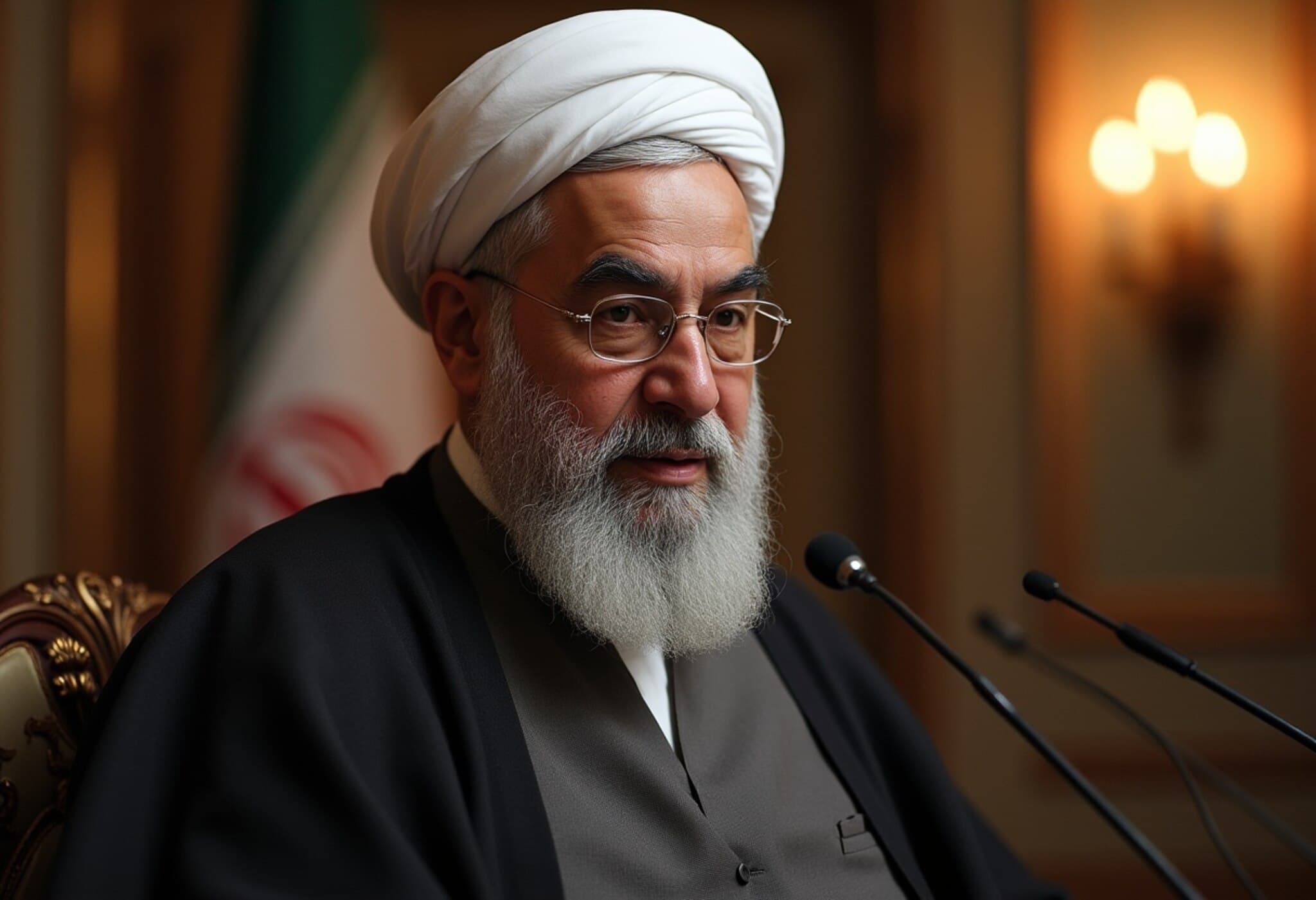Trump Reverses on Jerome Powell Firing Amid Fed Criticism
In a dramatic twist that has added fuel to ongoing tensions between the White House and the Federal Reserve, President Donald Trump publicly denied any plans to dismiss Federal Reserve Chairman Jerome Powell, contradicting reports from senior White House sources and some Republican lawmakers. The president described the idea of firing Powell as "highly unlikely," despite earlier indications to the contrary.
Behind Closed Doors: Contradictory Signals
On Tuesday evening, President Trump met with a group of Republican lawmakers to discuss his intentions toward Fed Chair Powell. According to a senior White House official, who requested anonymity to speak candidly, Trump asked the lawmakers if they supported firing Powell. The official asserted, "The President asked lawmakers how they felt about firing the Fed Chair. They expressed approval for firing him. The President indicated he likely will soon." Adding to this, the New York Times reported that Trump had even drafted a termination letter and shared it during the meeting.
However, hours later, Trump took to public statements to deny any immediate plans, saying, "We're not planning on doing it. It's highly unlikely." This reversal has sparked widespread speculation about the administration's true intentions and strategy regarding Federal Reserve leadership.
Political and Economic Stakes at Play
Trump's frustration with Powell is rooted in deep disagreements over monetary policy amid a fraught economic landscape. The president has repeatedly criticized the Federal Reserve's handling of interest rates, urging for a significant reduction of up to three percentage points from the current target range of 4.25% to 4.5%. Trump accuses Powell of political bias, suggesting his actions favor the Democratic Party's prospects, notably pointing fingers at Democratic Vice President Kamala Harris. This allegation underscores the increasingly politicized environment surrounding the Fed's traditionally independent stance.
Market responses to the back-and-forth news have been relatively subdued, with stock indices flattening and shorter-term Treasury yields falling slightly—reflecting investor caution amid political uncertainties rather than aggressive market moves.
Legal Barriers and Institutional Norms
It's important to recognize that under U.S. law, the president's ability to remove the Federal Reserve Chair is extremely limited. Recent Supreme Court opinions affirm that Fed officials cannot be dismissed without cause, insulating the central bank from overt political interference and protecting monetary policy from short-term political pressures. Historically, no sitting president has attempted to remove a Fed Chair, highlighting how unprecedented and legally complex such an action would be.
Federal Reserve officials and Treasury Secretary Scott Bessent have downplayed the likelihood of Powell's firing. Rep. French Hill, chair of the House Financial Services Committee, echoed this sentiment in a CNBC interview, stating, "I don't see" the president taking steps to dismiss Powell.
Divided GOP and Emerging Narratives
Yet the Republican Party itself appears split, with figures like Rep. Anna Paulina Luna from Florida openly tweeting about an imminent firing, suggesting an internal disagreement over Fed policy and strategy. This reflects larger ideological conflicts within the GOP, especially visible in recent instances such as the blocking of crypto legislation favored by Trump—a move signaling fissures in party unity on financial regulation and economic priorities.
Contextualizing Powell's Tenure and Trump's Influence
Chairman Jerome Powell, nominated by Trump in late 2018 and confirmed by the Senate, has been a polarizing figure. Initially appointed by the president, Powell's tenure has been marked by a balancing act between controlling inflation and supporting economic growth—decisions that have drawn both praise and harsh criticism in a turbulent political atmosphere.
Powell's approach, along with Federal Reserve governors Michelle Bowman and Christopher Waller—both Trump appointees supportive of measured rate cuts—illustrates the complexities facing the Fed. While Trump pushes for aggressive monetary easing, Fed officials are navigating economic data and inflation risks with caution.
Looking Ahead: What This Means for Markets and Policy
This saga highlights the fragile intersection of politics and economic policy in the United States. The president's public attacks on the Fed risk undermining institutional independence, a bedrock principle that ensures financial stability and investor confidence. For markets, clarity and predictability in monetary policy decisions remain paramount.
As the Federal Open Market Committee's upcoming meeting approaches, attention will focus sharply on whether the Fed will heed political pressures or continue its measured, data-driven approach. Meanwhile, the White House's conflicting signals raise critical questions about governance, respect for institutional processes, and the potential ramifications of politicizing central banking.
Editor's Note
President Trump's oscillation over firing Fed Chair Jerome Powell spotlights deeper tensions between executive ambitions and institutional independence. While legal frameworks and political realities make such a firing improbable, the episode underscores the risks when economic policymaking becomes entangled in partisan battles. Observers should watch how this dynamic influences Fed decisions and market stability in the critical months ahead. Will political pressure eventually reshape the Fed's leadership, or will norms hold firm to protect America's economic backbone?

